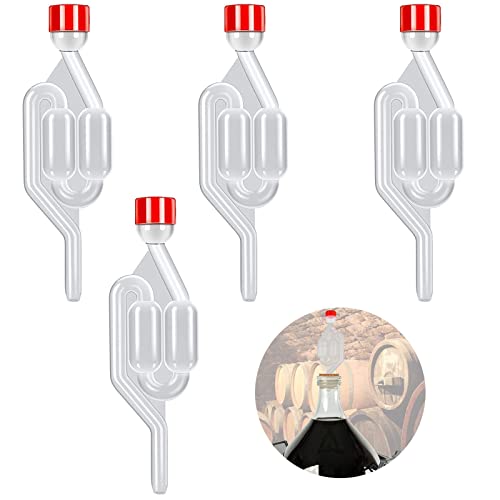I'm also looking at using ascorbic acid at 5g/litre to act as an antioxidant that will further enhance the flavour too.
Quick edit to say that I'll be revising that amount down .
At dry hop: Ascorbic acid (vitamin C) 0.72g per litre of head space mixed with the hops and added to wort
= 10g for a 14 litre headspace on a 21 litre batch in a 35 litre fermenter
This is based on worst case scenario for the amount of oxygen introduced at dry hop and should leave some left over to scavenge oxygen at bottling.
Anna
(the science bit for the calculation:
This paper goes some way to explain why the idea of bottle priming consuming the oxygen through fermentation is a bit of a myth - as is empirically demonstrated in the experiment shown in the video earlier on this thread. It also shows how ascorbic acid is consumed faster and before the earlier antioxidants naturally occurring in beer such as from hops, so protects over a short time. Notably copper trace elements catalyse this reaction, which is of benefit rather than a problem as erroneously reported on another forum as ascorbic acid accelerating oxidation. The evidence is that the ascorbic acid is oxidised faster with copper trace element but ahead of other natural antioxidants.
http://pdfs.semanticscholar.org/0cf0/53f6b4f7d88d576eda3ae0ca65a927a91d90.pdfThe oxygen in the headspace is consumed through oxidation within a few minutes (less than 10) far before fermentation could consume it over a few days.
Also that 10 to 50 molecules of oxygen are consumed for each molecule of ascorbic acid.
This paper makes the case for flavour stability with vitamin C added to cooled wort at 30mg/l
https://onlinelibrary.wiley.com/doi/pdf/10.1002/j.2050-0416.2007.tb00252.x
Balancing this with the merit of oxygen at the initial pitch on the exponential growth phase of yeast, and that flavour stability is sought with the final beer rather than initial wort, the time for addition for most benefit would be at dry hopping.
At dry hop: Ascorbic acid 0.72g per litre of head space mixed with the hops and added to wort
= 10g for a 14 litre headspace on a 21 litre batch in a 35 litre fermenter
This is based on 14 litres headspace at 1 bar (standard atmospheric pressure) having 0.574 mol of ideal gas at 20 deg C
https://www.omnicalculator.com/physics/ideal-gas-lawIf at the time of dry hopping all the headspace were replaced by air as the worst case scenario at oxygen 21% would mean
7.264 x10^22 molecules of oxygen, which would require a 10th to a 50th of the same number of molecules of ascorbic acid to consume the oxygen. With the mole mass of ascorbic acid of 176.12g/mol that translates to 10 to 2 g of ascorbic acid (0.72 g per litre of headspace at most). While the amount of air will increase at lower temperature, it is a relatively small change in density at the range of fermenting temperatures (translating to a difference of 0.07g for air at 10 deg C) so the temperature difference can be effectively disregarded for the air temperature.
Based on 99.8% purity of purchasable ascorbic acid the mass to be added can be taken without adjustment for fillers:
https://www.intralabs.co.uk/ascorbi...qdsAUAsCNrAtzsI5twdEW_-OU7sxvq4RoCbWgQAvD_BwE)






![BREWING THERMOMETER STICKERS ACCURATELY MONITOR FERMENTING BEER & WINE LIQUID TEMPERATURES 5PCS HOME BREW SPIRITS WINE LCD ADHESIVE [US]](https://m.media-amazon.com/images/I/311DDjo2X3L._SL500_.jpg)








































